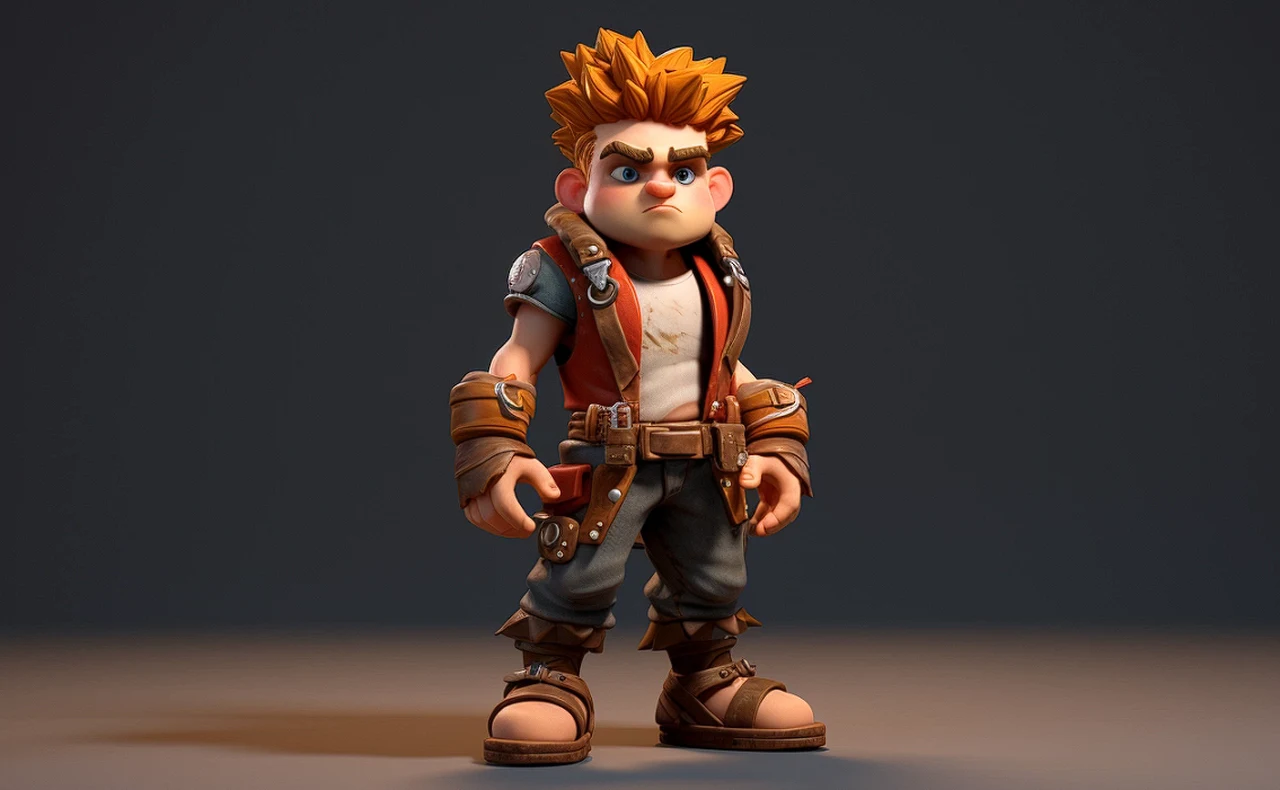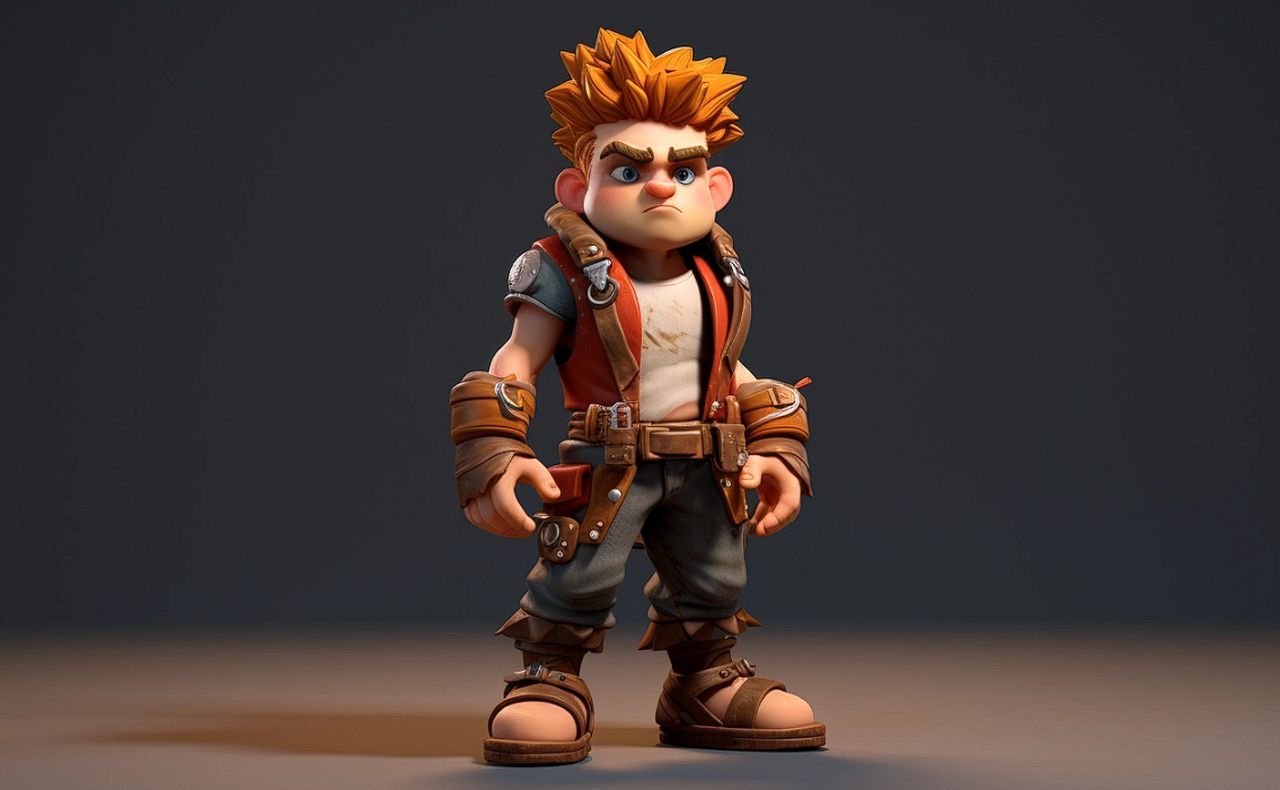
Even though the ability to create refined custom 3D models using artificial intelligence is some way off. The technology to be able to create 10 AI 3D model from a text prompt is definitely getting closer and closer. As with AI image generation a few years ago it was a long way off the quality that can be produced today. However developers are pushing techniques and technologies forward and AI 3D model creation from a single text prompt is definitely getting closer than it was even 6 months ago. This quick overview guide will provide you with an insight into how close we are to being able to create usable 3D models a text prompt
As you already know the world of digital design is witnessing a significant shift as new technologies emerge that allow for the creation of three-dimensional models from simple text descriptions. This advancement is reshaping the way we think about and interact with 3D objects, and it’s not just for seasoned professionals. These tools are becoming more user-friendly, making them available to a wider audience and impacting various industries, including 3D printing, augmented reality, virtual reality, and gaming. Google has also this week unveiled its new Genie AI capable of creating interactive gaming worlds from an image.
At the forefront of this shift is Luma Labs AI, a web-based platform that simplifies the process of creating 3D models. Without the need for complex software, anyone with internet access can use Luma Labs AI to turn their text descriptions into tangible 3D objects. This platform is versatile, with applications that extend beyond 3D printing to include direct integration with video games, allowing users to insert their custom creations into gaming worlds with ease.
Another innovative tool in this space is Meshy, which provides creators with the ability to generate 3D models from textual input. Users start with a certain number of credits and can use Meshy’s AI to bring their visions to life. The tool includes a refinement step to ensure the final product matches the creator’s intent, catering to both personal and professional uses.
Text to 3D models using AI
Here are some other articles you may find of interest on the subject of creating 3D models using artificial intelligence and AI tools :
Expanding the horizons of creation, Common Sense Machines (CSM) offers the capability to convert images and sketches into detailed 3D models. CSM unlocks a vast array of creative possibilities, though some of its more advanced features may require a paid subscription for access. For those interested in crafting realistic 3D environments, Binary Optical Grids presents an ideal solution. This tool is particularly adept at creating high-quality 3D spaces from images, making it a valuable asset for architectural visualizations or the development of immersive game worlds.
Animation enthusiasts have much to gain from Head Studio, which focuses on producing animatable 3D head avatars. These models are well-suited for real-time applications, such as video games or virtual meetings, where having expressive and lifelike avatars can greatly improve the user experience. The realism of 3D models is often dependent on their textures, and Stable Projector is designed to help creators with this aspect. It offers features for masking and blending that allow users to fine-tune the appearance of their 3D objects, achieving either a high level of realism or a more artistic look, depending on their goals.
Lastly, Gala 3D represents a research initiative that explores the use of layout-guided generative adversarial networks (GANs) to construct intricate 3D scenes. This cutting-edge method has the potential to make scene creation more intuitive and efficient, which could significantly expand the capabilities of 3D modeling.
Key Developments to AI-Driven 3D Model Creation
The journey of 3D model creation began with manual designs and gradually evolved with the advent of computer-aided design (CAD) software. The integration of AI into this process represents a pivotal shift, enabling the creation of complex, detailed models with unprecedented efficiency and creativity.
Text-to-3D Conversion
AI models, such as those developed by Luma Labs AI, have introduced the capability to generate 3D models from textual descriptions. This text-to-3D technology harnesses natural language processing (NLP) to interpret descriptive text and convert it into detailed 3D objects. This advancement allows creators to bring imaginative concepts to life without needing intricate modeling skills.
Image and Sketch to 3D Conversion
Advancements in AI have also enabled the conversion of 2D images and sketches into 3D models. This technology uses machine learning algorithms to analyze the dimensions and perspectives in 2D images, extrapolating them into 3D structures. Tools like CSM’s image to 3D and sketch to 3D features exemplify this capability, offering a bridge between simple drawings and sophisticated 3D representations.
Real-time Generation and Editing
AI-driven platforms now offer real-time 3D model generation and editing capabilities. This allows for instantaneous visualization and modification, significantly speeding up the design process. For example, real-time sketch to 3D conversion tools enable designers to see their sketches come to life in three dimensions as they draw.
Integration with Gaming and Virtual Reality
The integration of AI-generated 3D models into gaming and virtual reality (VR) is a notable development. Some platforms already support direct importation of AI created 3D models, enabling users to design their own characters and environments for immersive experiences. This democratizes content creation within virtual spaces, allowing for personalized and unique user-generated content.
3D Printing and Real-world Application
AI-driven 3D model creation has significant implications for 3D printing and real-world applications. The ability to generate detailed models through AI and then print them in tangible form bridges the gap between digital creativity and physical reality. This has applications in prototype development, custom manufacturing, and even personalized merchandise.
Challenges and Future Directions
Despite these advancements, challenges remain, such as achieving high-resolution textures and intricate details in generated models. Moreover, ethical considerations concerning copyright and the potential for generating prohibited content need to be addressed. The future of AI in 3D model creation is promising, with ongoing research aimed at improving model quality, reducing generation times, and enhancing texture and detail fidelity. Additionally, the integration of AI-generated 3D models into more sectors, such as architectural design and medical modeling, is anticipated.
The emergence of AI-powered text to 3D generation tools is democratizing the process of turning ideas into complex 3D models. This opens up a world of possibilities for creators with varying levels of expertise. As these technologies continue to evolve, they offer exciting opportunities to enhance projects across a spectrum of creative fields. It’s important to engage with the ongoing conversation about the role of AI in 3D modeling and to share experiences and insights on these developments. The future of digital creation is being shaped by these tools, and they hold the promise of transforming the way we bring our ideas to life.
Filed Under: Guides, Top News
Latest timeswonderful Deals
Disclosure: Some of our articles include affiliate links. If you buy something through one of these links, timeswonderful may earn an affiliate commission. Learn about our Disclosure Policy.

